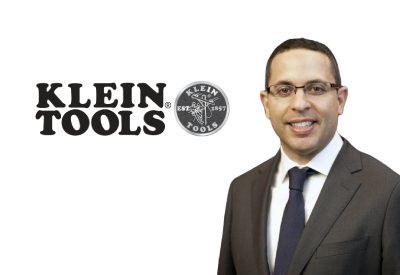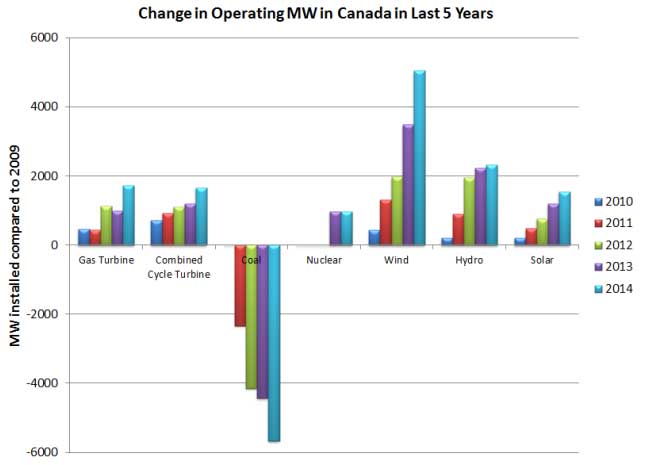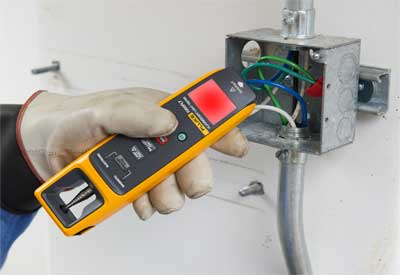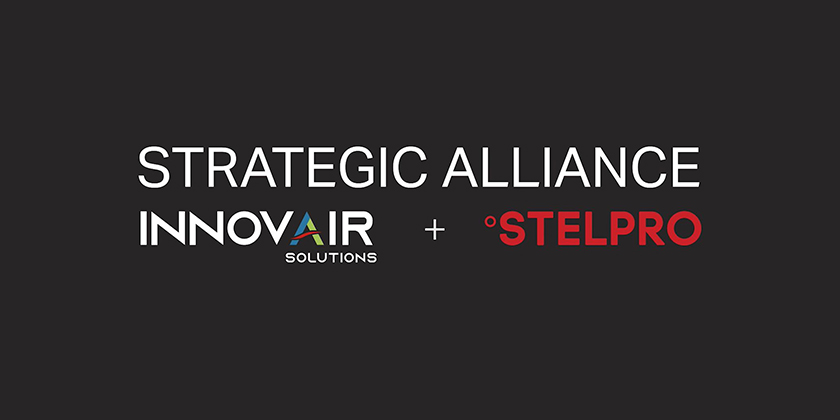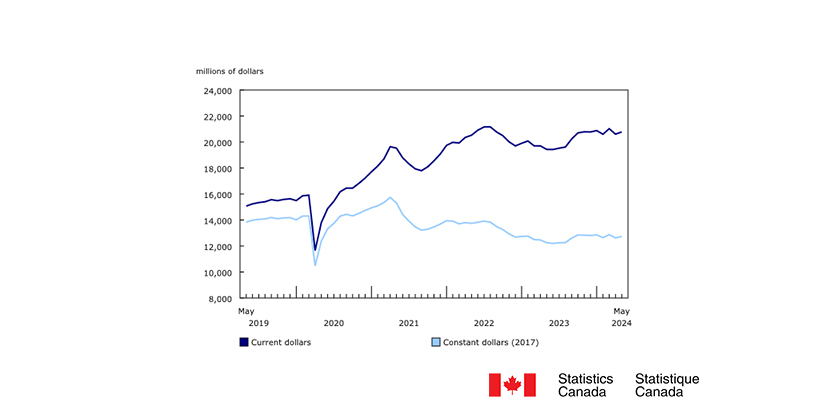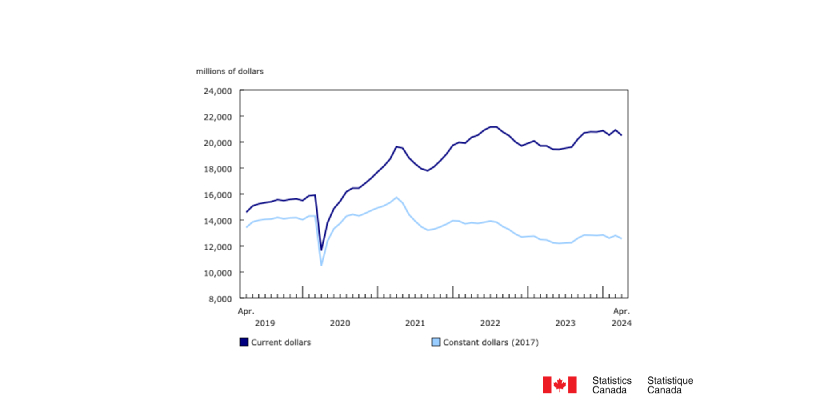Taking a Closer Look at NETCO’s OASIS Program and EV Installer Training
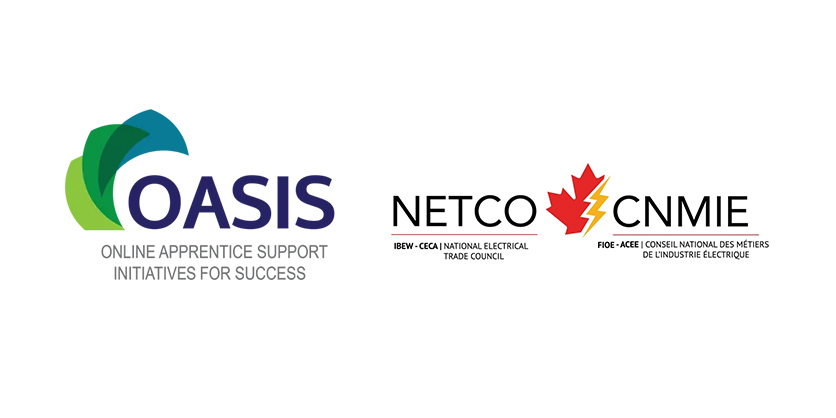
June 10, 2022
By Blake Marchand
NETCO (National Electrical Trade Council) is an alliance of IBEW (International Brotherhood of Electrical Workers) and CECA (Canadian Electrical Contractor Association), their primary mandate is to promote national standards in electrical training.
Earlier this year, the Ontario government announced $13 million in funding for training programs across the province. NETCO received over $4 million in funding from Ontario’s Skills Development Fund, in part to provide access to electrical vehicle charging stations at all affiliated IBEW training centres in Ontario. We spoke to Chris Swick, Executive Director and Denise Miller, NETCO’s Communications and Marketing Manager to learn more about the Electric Vehicle Infrastructure Training program, as well as their OASIS program.
Before taking on his current role, Swick was the National Program Coordinator for NETCO’s OASIS (Online Apprentice Support Initiatives for Success) Program. OASIS consists of online training modules to help support apprentices and electricians with learning disabilities and test anxiety. There are seven modules: Leadership Skills, Respectful and Inclusive Workplaces, Essential Skills, Mentorship Matters, Red Seal Endorsement Upgrader Training, EV Infrastructure Training Program, and Construction Electrician (NOC 7241) Solar Photovoltaic Systems Personnel Certification.
“One of the things we found out early on, and it’s been an on-going situation, is that people don’t always get identified if they have some type of learning disability – when they get to trade schools and stuff like that, that’s typically when they find out,” said Swick.
Swick noted that a lot of the time when a student isn’t getting good grades, they often get directed toward the trades without getting to the root cause. NETCO is finding out that there is a broad range of people that can benefit from the OASIS program, that haven’t necessarily been previously identified as having learning disabilities or testing anxiety.
“We have many partners involved in educating the electrical industry including Dr Lori Leach, Director of Virtual Learning Strategist (VLS) Program at the Government of New Brunswick. Lori and her team have developed the innovative and holistic Virtual Learning Strategist Program to address learning barriers and support students to be successful in the skilled trades and we are in awe of the program.”
The Essential Skills course allows them to identify what areas a person might need help with.
“Right out of the gate as a first-year apprentice, you would take that,” Swick said of the Essential Skills course, “as you’re going through your time, you’ll actually have a virtual learning strategist with you to help tutor and mentor you, and make sure you can get through all those challenges.”
“The second one is for people who has written their C of Q a few times but were unsuccessful,” said Swick, which allows them to help find out what they were having challenges with and help them work through those challenges.
Swick noted that IBEW Locals have done similar initiatives in the past, the OASIS program aims to build off that by giving them access to more resources, while also standardizing the process.
“When this program first rolled out there was a really slow uptake from the training centres,” Miller added. She noted that Swick got on the phone with the Locals and explained the benefits of the program. Swick spent 10 years working with IBEW Locals, “He knows how to address the training centres. You have to know how to reach these guys to explain things, even I was a little confused with it.”
“When you say learning disabilities, its people that have test taking anxiety, they’re great up until they have to take the test and then they freeze up, or they have reading issues, or they take notes differently, or they can read off the computer screen but not paper. It’s just so custom fit for everybody, I don’t know why everybody isn’t using it,” Miller said.
The program had a slow uptake to start, as Miller noted, partly because there if people haven’t been identified earlier on as having a learning disability, they may not think they need help. Once Swick was able to fully explain what the program was about to IBEW locals, the program began filling up.
“We’ve gone over our numbers,” she said, “we’re going on round two now.”
The goal of the program is to make sure people are successful, bridging the gap between working on the tools and the classroom setting, making sure apprentices and electricians are able to be successful no matter how severe their challenges are with respect to learning and test taking.
If you are interested in any of NETCO’s initiatives reach out to your local IBEW training centre.

EV Infrastructure Installation Training Program
NETCO received funding through Ontario’s Skills Development Fund (SDF) to develop an Electric Vehicle Infrastructure Training Course, which includes an online course option.
The SDF portion was a one-year program that finished March 31, 2022. They trained 400 electricians and 397 became fully certified.
“With that there was some wage subsidies and tuition that went back to the training centres, there was equipment we purchased, actual live EV units that were to be installed at the training centres, along with some touch and feel EV charging stations that they could use for the training, plus equip the training centres with laptops in case we had to take it to a virtual model.”
There were a few challenges due to COVID. In January as we dealt with another wave of COVID they took the training fully online, which was well received, “it was neat that we could have that infrastructure in place to transition to that model,” said Swick.
The first portion of the program was to ‘train-the-trainer’ where the instructors learn the curriculum. The 11 IBEW training centres in Ontario are now equipped to offer the EV Infrastructure training. The SDF investment facilitated the launch of the program as well as provide wage subsidies and tuition. Now that the infrastructure is in place IBEW can continue to offer training, although the subsidies are not there.
“For us it was a huge success because it showed that all the Locals could get together and co-ordinate it out so we could do this training in a quick fashion to make sure everyone is trained right,” Swick said. “That’s why a lot of these things go hand-in-hand, because we see that these model’s we’re using here might be able to move on nationally, because in the future I’d like to see a national scope where we can push the same type of training out through other funding programs, if accepted.”
Swick said they are in the process of applying for funding to take the EV Installer training to the national level, they will know more about funding closer to the end of the year.
If you are interested in any of NETCO’s initiatives reach out to your local IBEW training centre.



